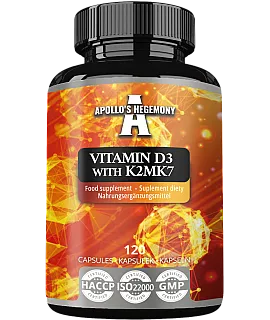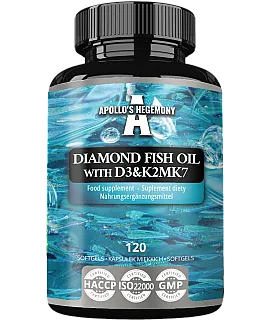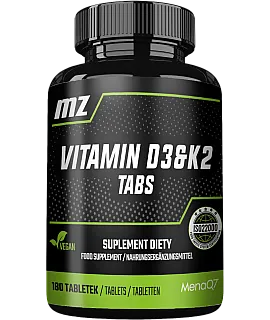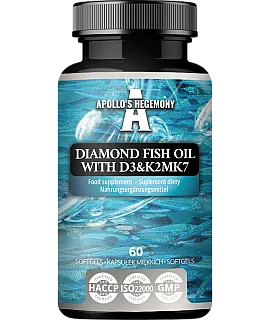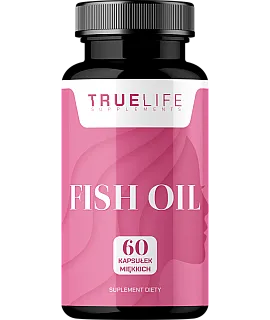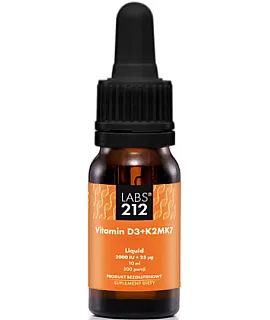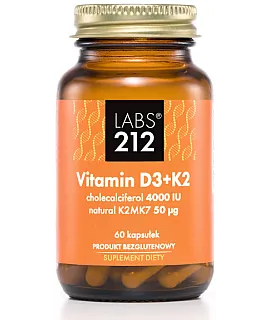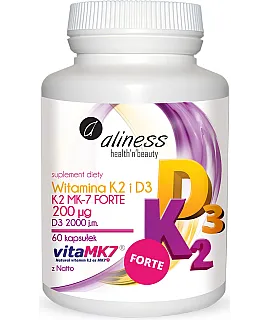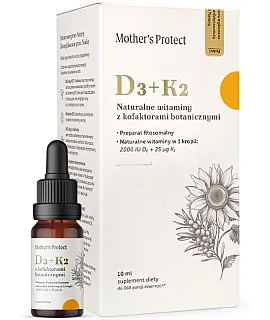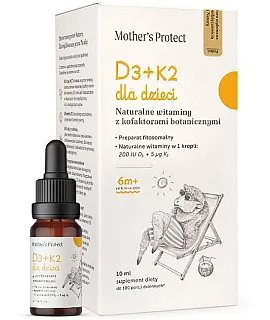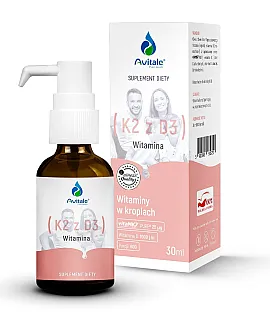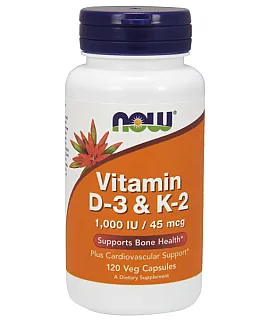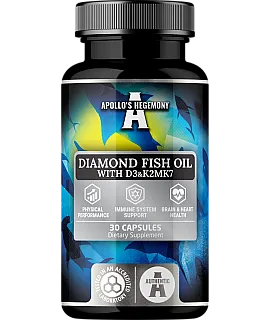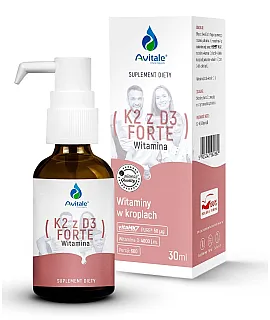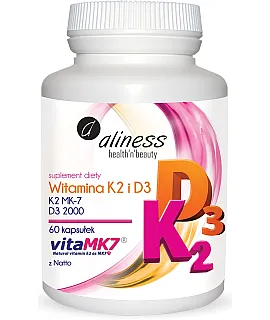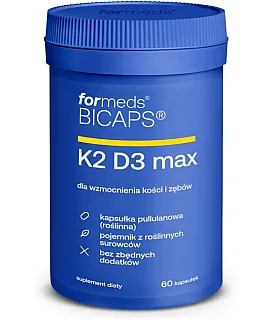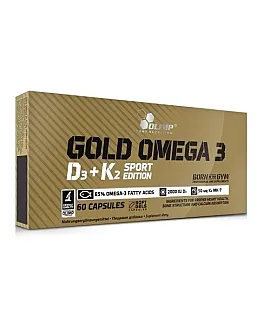Vitamin D3+K2
D3&K2 complex – contains a composition of two compounds which are extremely important for our health. Vitamin D3 is a very common substance and even more and more people understand the need for its supplementation. On the other hand, vitamin K2 is still not so popular and its role is definitely underestimated. Actually, the supplementation only with vitamin D3 (without the addition of vitamin K2) is the worst thing we can make for our body system. Such supplementation may turn out to be counterproductive.Read more
If we do not combine vitamin D3 and K2 during the supplementation we can cause so called calcium paradox. In such a situation, the total level of calcium in the bloodstream seems to be correct, but its distribution in the body system is impaired, which leads to the numerous, serious health consequences.
One of the main advantages of vitamin D3 is its effectiveness in supporting calcium absorption. Calcium is very important in our body system. We rightly associate it with healthy bones and strong teeth. However, its too high concentration or invalid management may turn out to be counterproductive. In such case, it is stored in undesirable places – joints, soft tissues, organs (for example in the kidneys) and arteries.
Too high levels of calcium in the bloodstream are dangerous particularly to arteries, which can become calcified. The very dangerous atherosclerosis is the situation in which calcium deposits cover a large part of the arterial plaque. When we suffer from atherosclerosis, in the best case scenario, we are going to have problems with concentration and remembering things. However, in the worst case scenario, it can result in a heart attack or stroke. You should not ignore the calcium management and ensure that the process is correct.
Vitamin K2 is responsible for a fact that calcium reaches the place in the body system where it is really needed and required. It effectively regulates the calcium management and ensures that everything in the body system works properly. Moreover, the use of vitamin D3 stimulates the production of proteins which depend on vitamin K2. That is why it significantly increases our needs for this vitamin. It has been proven that the deficiency of vitamin K2 may be the cause of the possible vitamin D toxicity.
As a combination, vitamin D3 and K2 are a perfect complex of synergically acting substances which ensure healthy bones and strong teeth. This all reduces the risk of osteoporosis and dangerous atherosclerosis. For your and our convenience, the manufacturers of dietary supplements took care of the proper combination of optimal doses of the both vitamins in a single capsule.
